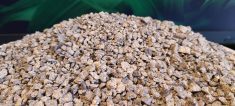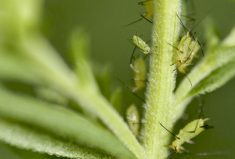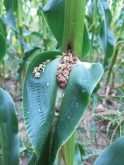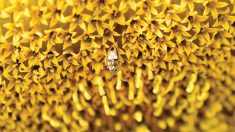A research project at the University of Saskatchewan is using a virtual reality flight simulator to measure how locusts are affected by pesticides.
Rachel Parkinson, a biology master’s student, is trying to see how insects react to neonicotinoids.
“There is a lot of controversy over these pesticides,” said biology professor, Jack Gray, Parkinson’s supervisor. “They are used on a large scale because they are considered safer than other pesticides, but many recent studies show it is more complicated.”
Parkinson’s results suggest that the pesticide, even at low doses, may affect an insect’s ability to visually detect moving objects such as trees and predators, and possibly play a role in the “colony collapse disorder” responsible for the deaths of millions of bees worldwide.
Read Also

Farmer-friendly nematodes: Tiny worms for big canola pest control
Not all nematodes are equal in farm fields. Beneficial species of the tiny soil-dwelling worms could one day help beat back damaging canola insect pests like diamondback moth on the Canadian Prairies.
Bees and locusts both have complex social and flying behaviours, which makes anything that can disorient them a potential threat.
Back in his own student days, Gray modelled the simulator’s software after the 1995 video game “Descent,” a spaceship shoot-’em-up.
The simulator works much like old rear projection televisions, but instead of a flat screen, images are projected onto a curved dome that sits in front of a tethered locust.
Once the locust is in the simulator, images of looming objects and trees are projected onto the dome, immersing the insect in a virtual world that it can “move through” and “explore.”
By using a small electrode in the insect’s thorax, that controls flight.
The reaction time of locusts treated with the pesticide slows down, impairing their ability to avoid objects for as long as one day after treatment, Parkinson said.



















